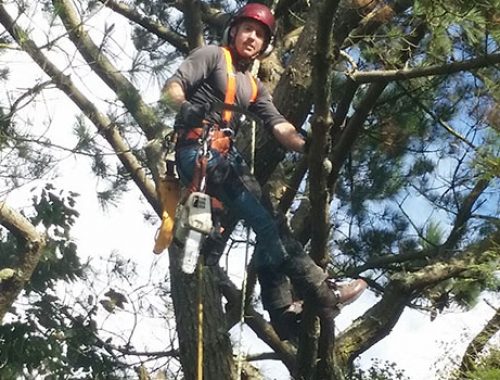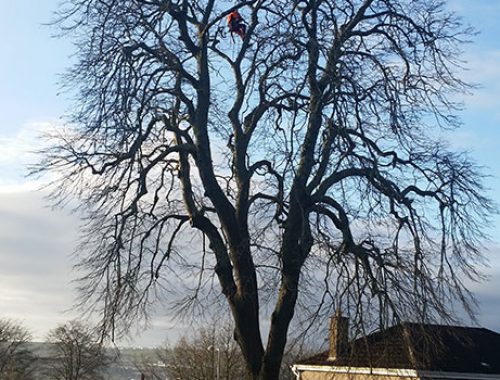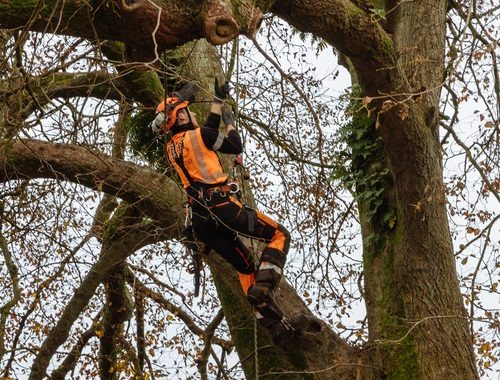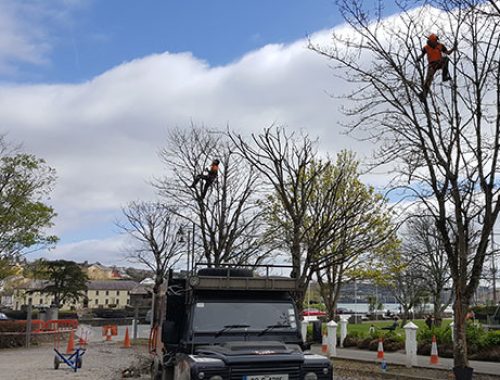Our Services
Our most common tree work includes
Tree Pruning
Tree pruning is an umbrella term for a number of techniques we use to improve the health and appearance and safety of your trees. These include:
Tree Crown Reduction
A crown reduction is where a reduction is made to the crown or main shape and size of the tree. It is one of the most common techniques used in pruning trees. However, serious care must be taken, as a badly reduced tree can look terrible but can also be detrimental to its health. It may even damage a tree so severely that it must eventually be removed.
An effective crown reduction improves the appearance of a tree. It can also ensure that the tree maintains its health and will not be as prone to diseases or dying limbs. It reduces the weight of the tree and can potentially prevent limbs from becoming dangerous and snapping in adverse weather conditions.
Crown reduction forms a major part of our daily work. We will recommend the percentage of reduction required for your tree, in order to achieve the best aesthetic and structural results.
Tree Crown Lifting
Crown lifting essentially increases the clear space below the foliage of a tree. This is often required in urban areas where the space under a tree is used for access. For example, pedestrians or vehicles need to pass or park under a tree safely. It involves the removal of the lower branches and the trimming of other remaining branch foliage to reduce their weight and achieve any required height clearance. It also allows more light to pass through or under the tree.
Tree Crown Thinning
This is a technique used to remove heavy congestion of shoots within a tree. Crown thinning allows more light to pass through a tree and reduces wind resistance. This makes the tree stronger in adverse weather conditions, which is increasingly important in our current climate. When done correctly, crown thinning reduces the weight of each limb and makes the tree healthier and stronger. Crown thinning often goes hand in hand with dead wooding.
Dead Wooding
Dead Wooding is mainly used for safety and to maintain the health of a tree. Dead wood also reduces the aesthetic appearance of a tree and in turn, reduces the amount of light that can pass through and makes the tree more susceptible to high winds.
If dead limbs are left, they will affect the overall health of the tree as rot sets in and spreads to healthy areas. This can eventually lead to fungus issues and further damage often requiring the removal of the tree.
Dead wooding is necessary where branches or limbs die off within a tree and either break off or become vulnerable. They can become dangerous, over time, and fall during periods of high winds and storms. We are often contracted in schools and churches to reduce the risk of avoidable accidents caused by falling branches. We have the necessary insurance in place to work within such environments.





